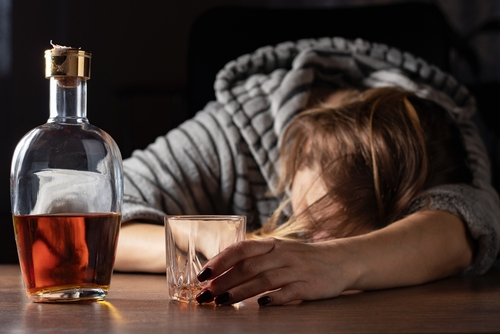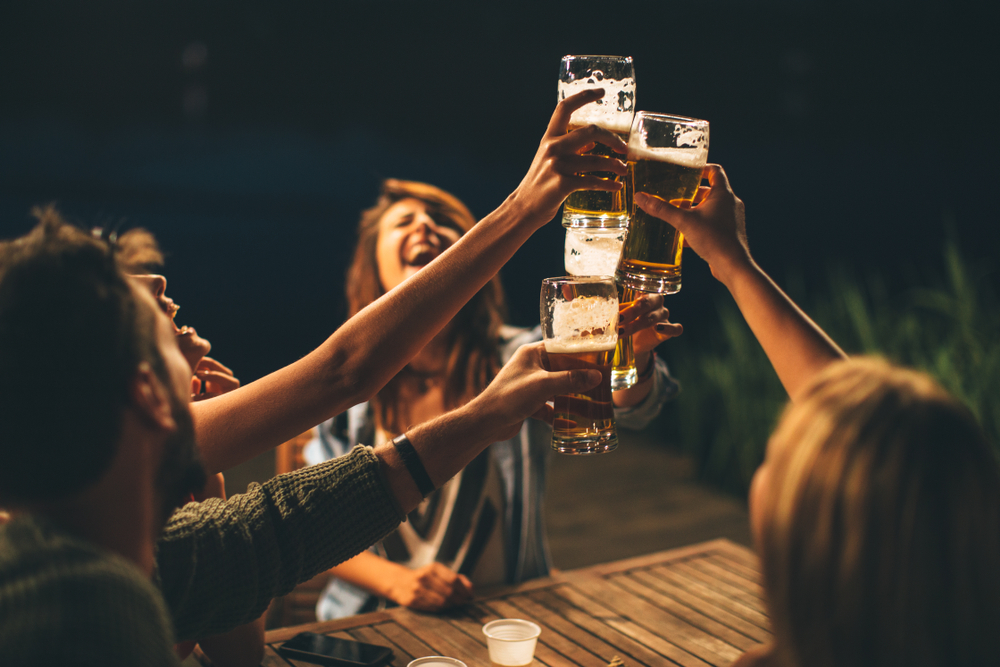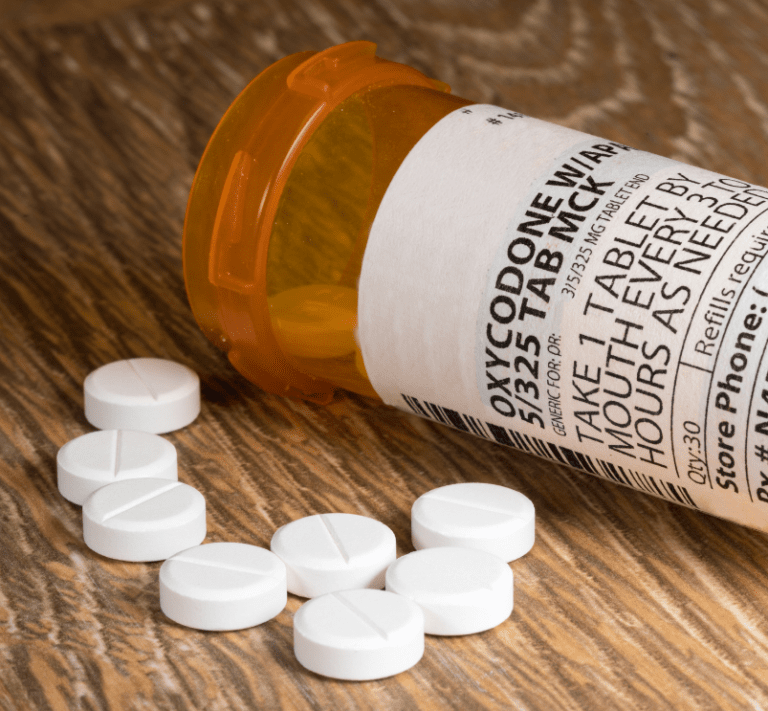When Does Casual Drinking Translate Into Alcohol Use Disorder?
Many of us might call ourselves “casual drinkers.” While it’s common knowledge that booze and good health don’t go hand in hand, there are several grey areas when determining what is considered “moderate” or “safe” drinking.
According to CDC, moderate alcohol consumption is two drinks a day for men and one for women. Here, we understand what casual drinking really is, how it impacts your health (and life), when it translates into alcoholism, the dangers of alcohol use, and how you can recover from it.

Alcohol: Casual Use vs. A Drinking Problem
What is Alcohol Use Disorder?
Alcohol is a form of depressant. Once inside your body, it reduces stress and makes you feel relaxed. One of the negative side effects of casual alcohol consumption is the risk of alcoholism. When consumed consistently for a long time, casual drinking may increase your tolerance and dependence on alcohol. AUD (alcohol use disorder), alcohol addiction, or alcoholism signal the inability to control your urge to drink and compulsive alcohol consumption to satiate craving despite knowing the dangers of drinking.

When Does Casual Drinking Become AUD?
It’s hard to determine when casual drinking translates into alcohol use disorder. Different people experience different effects of alcohol. Generally speaking, having a regular drink (0.6 ounces or 14 grams of pure alcohol) occasionally may not necessarily lead to alcoholism. Some examples of a 0.6-ounce drink include a shot (5 ounces) of 80-proof liquor, five ounces of wine, or 12 ounces of beer.
“Social,” “casual,” or “safe” drinking becomes alcoholism when you have that drink several times a week, binge drink, or experience periods of heavy drinking. For men, heavy drinking involves having more than 15 drinks a week. For women, it’s more than eight drinks. For men, binge drinking involves having five or more drinks within two hours. For women, it’s four or more within two hours. Binge drinking raises the BAC (blood alcohol concentration) level to 0.08%. This number is above the legal alcohol limit to drive.
Alcohol Abuse vs. Alcohol Dependence
Several factors differentiate alcohol abuse from alcohol dependence. Alcohol abuse involves a single occasion of excessive drinking. Alcohol dependence involves building a physical, emotional, and psychological need to procure and use alcohol. Understanding the difference between the two helps determine the symptoms of a specific drinking problem.
Alcohol Abuse
- Repeated use of alcohol that can interfere with work, home duties, or school
- Repeated legal issues such as disorderly behavior, driving under the influence, and more
- Drinking to the point of harming others or oneself
- Constant alcohol use, despite its negative impacts on personal relationships
Alcohol Dependence
- Consuming alcohol to satiate cravings and ward off withdrawal symptoms
- Having an emotional or mental need to have “more” alcohol
- Intense desire to acquire, use, and recover from alcoholism
- Recurrent and consistent drinking despite being aware of the dangers of alcohol use.
The main differentiating factor between alcohol abuse and alcohol dependence is the consistency of drinking episodes. Whereas alcohol abuse can involve one or two “occasional” episodes of heavy drinking, alcohol dependence becomes a regular drinking habit. When left untreated, alcohol abuse can easily translate into alcohol dependence.
Read more: Does My Insurance Cover Alcohol Rehab?

Signs of Alcohol Use Disorder (AUD)
Casual drinking can translate into AUD before you may realize it. Some common symptoms of AUD include:
- Prioritizing alcohol over work, school, or personal relationships
- Problems with thinking and concentration
- Constantly justifying bad drinking habits
- Drinking in secrecy
- Facing intense symptoms like vomiting, nausea, and tremor when not drinking
Dangers of Alcoholism
While not every social or casual drinker becomes a person with a drinking problem, the risks and dangers of drinking cannot be ignored. Some of them include:
- Income or job loss
- Damage to the heart, brain, and liver
- Weakened immunity
- Cognitive impairment
- Depression and anxiety
- Driving accidents or DUIs
- Overdose and alcohol poisoning
- Suicide

Functional Alcoholism: What Dangers Does It Bring?
As a relatively new term, “functional alcoholism” describes chronic alcohol use despite the absence of adverse side effects. The National Council on Alcohol and Drug Dependence reveals “one out of every 13” or 14 million adults in the U.S. cope with AUD. Moreover, about 20% of adults who suffer from alcoholism may be considered functional alcoholics. Some of the many dangers of long-term undiagnosed alcohol use include:
- Immuno-deficiencies
- Anxiety and depression
- Pancreatic damage
- Brain and liver damage
- Difficulty maintaining personal relationships
- Financial and employment loss
- Aggression
While functional alcoholism may not be an issue “now,” it may become a severe problem over time.
Read more: 7 Signs You’re Living With An Alcoholic
Reach Out to Oasis Recovery Center to Overcome Alcoholism
Casual drinking undoubtedly paves the path for chronic alcohol use disorder. While the condition doesn’t have a specific cure, it can always be successfully managed with the right clinical experts.
At Oasis Recovery Center, we offer a result-oriented alcohol treatment program to help you or your loved one heal from several alcohol addictions. Our holistic treatment includes a comprehensive detox program, inpatient treatment, intensive outpatient care, cognitive behavioral therapy, and more.
After having your condition diagnosed by our certified addiction specialist, we formulate a tailor-made plan that fits your needs the best. Contact us now to start healing.









